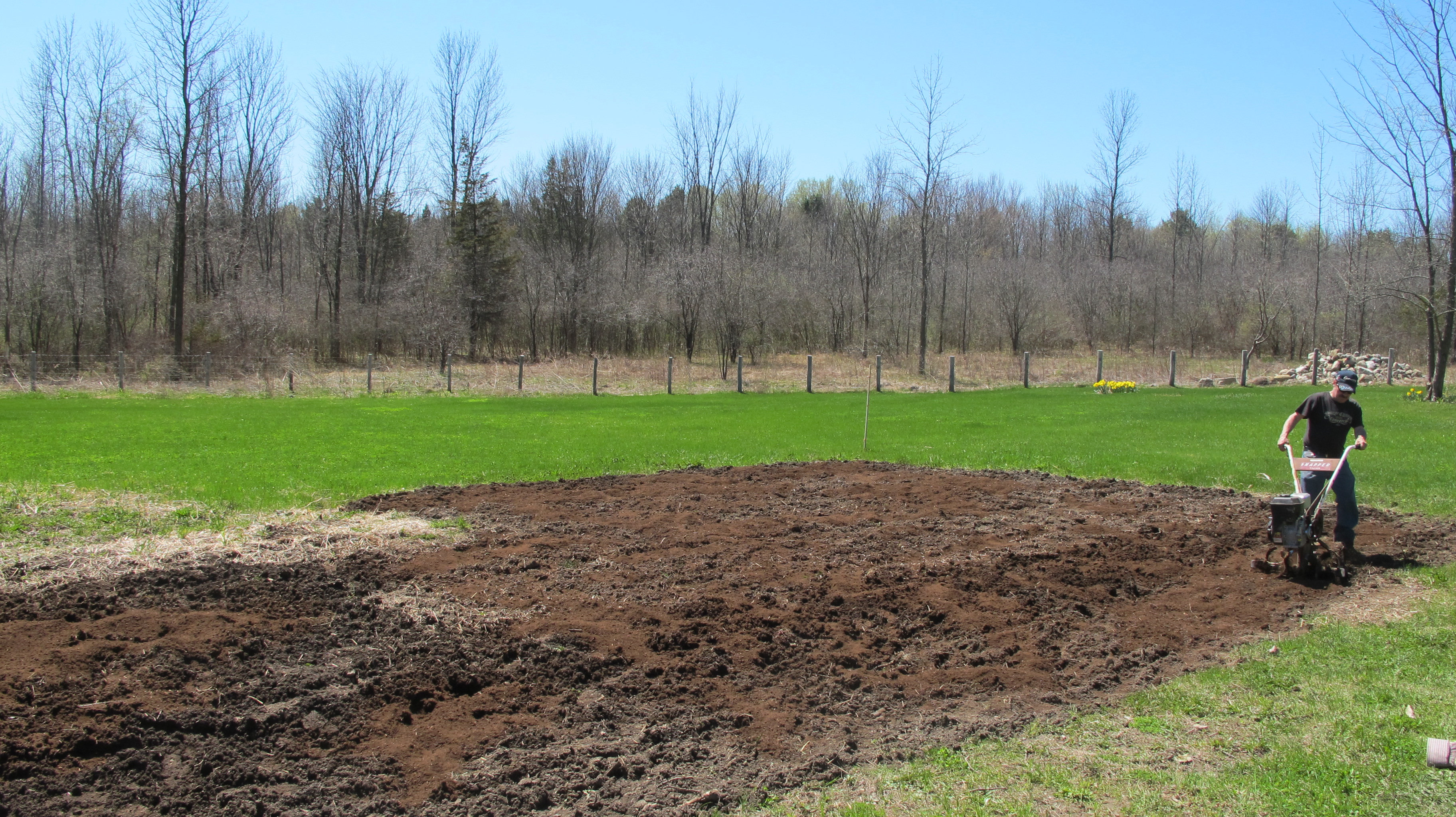“Heaven can wait…” while we enjoy the inimitable crunch of June: French breakfast radishes!

Remember when I asked if you were ready for radish time? Well, it’s upon us. Lots. Of. Radishes. French breakfast radishes, my favorite, to be precise. That slightly spicy, slightly sweet crunch is sooo satisfying. For breakfast. For lunch. For dinner. For snacks all day long.
French Breakfast Radishes
For the uninitiated, I’m a bit of a garden geek. And radishes, in all their punchy, hyper saturated color, flavor, and ASMR glory are one of my early season favorites.
The French Breakfast Radish (Raphanus sativus) is red-skinned root vegetable… with a white splash at the root end… [that] is distinguished by its oblong shape… [and mild flavor] if harvested and eaten early. Widely considered a spring radish, the French Breakfast Radish is ideally grown and harvested when temperatures are still cool. Hotter temperatures increase the “spiciness” (peppery bitterness common to most radishes) and often result in a pithy interior.
(Source: French Breakfast Radish)
So the increasingly hot weather (and the week of rain in the forecast) threaten to abbreviate prime time for radishes. So, we’re enjoying them without restraint!
And not just the tasty red and white roots. We added radish greens to the succulent homegrown spinach we wok-sautéed with garlic and olive oil last night. Sublime.
As with standard radish varieties, the “radish greens” of the French Breakfast Radish can also be eaten. Washed and tossed into a saucepan of olive oil (or avocado oil), garlic, and onion, this wilted green is a delicious accompaniment to just about any meal!
(Source: French Breakfast Radish)
And, have I mentioned that they are remarkably easy to grow?

Heaven Can Wait
Cue Dean Martin’s “Heaven Can Wait”.
Heaven can wait, heaven can wait.
“Heaven Can Wait”, Dean Martin
This is just paradise being here with you.
A little piece of paradise, French breakfast radishes, just being here with you…














